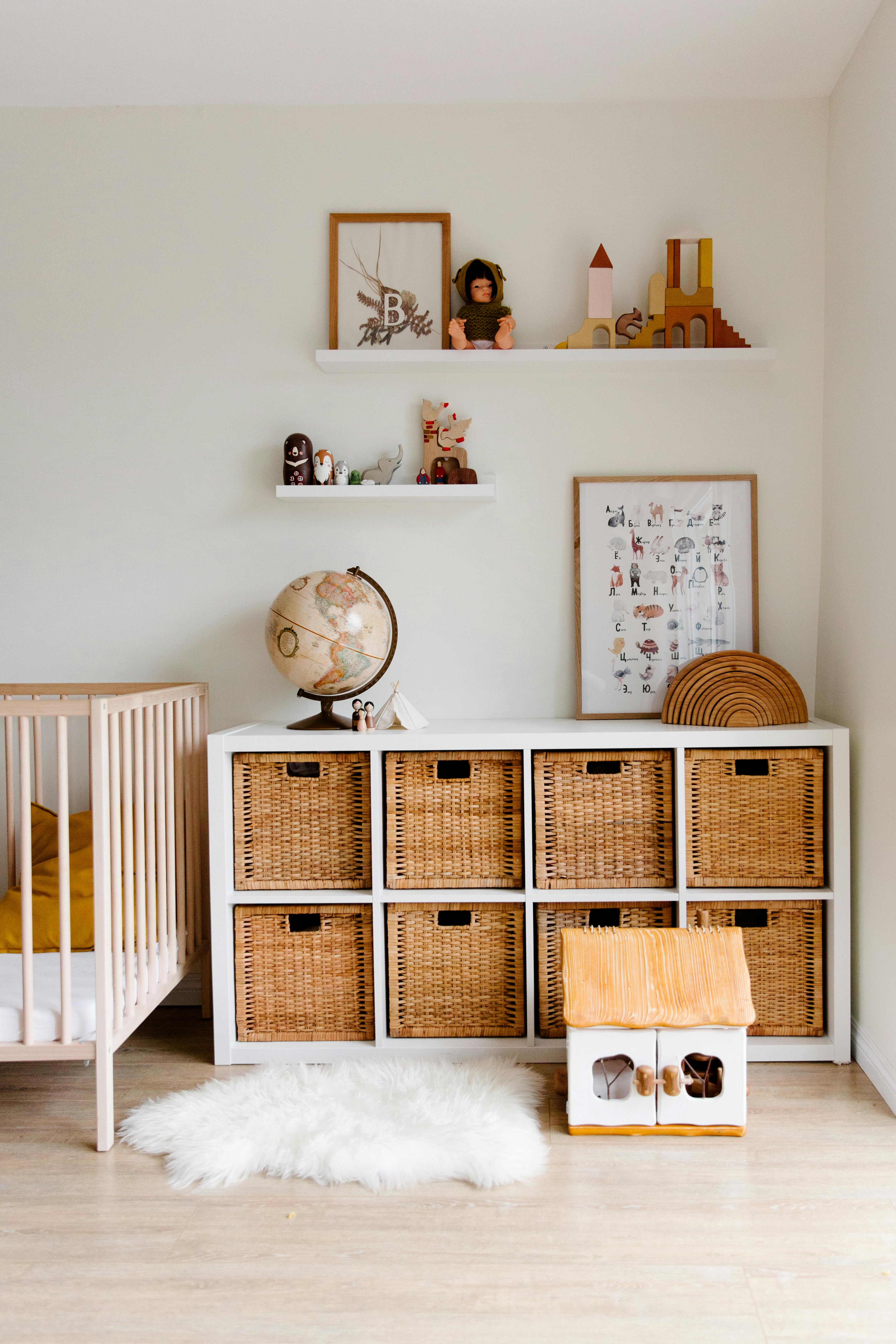Making property decisions: Understanding your total and useable equity
Owning property is often called a journey for a reason –nowadays, most homeowners don’t stay in their first home for the rest of their lives. We generally find that once property owners have been settled for a few years, they start to think ‘what’s next?’
Whether that next step is upsizing, downsizing, property investment, renovation or investing in another large asset, you need to understand your financial position to plan those next moves. Since buying your property, it’s likely you’ve built up equity through mortgage payments and capital gains. But how do you work out your equity, and how much you have to play with in leveraging against your existing property?
Total vs. useable equity
First, let’s understand the different forms of equity. Most property owners will be familiar with total, or home equity, which is the margin between your home’s value and your mortgage balance. For example, if your property is worth $850,000, and your mortgage balance is $450,000, your total equity is $400,000.
Moving onto useable equity, this is the amount you can actually leverage to take your next step on the property ladder. By taking your mortgage amount, and the applicable loan-to-value ratio (LVR) – 80% when leveraging an owner-occupied property – you get your useable equity. Why the difference? The bank essentially locks away the remaining portion, to provide security or ‘comfort’, and if it’s an investment property you’re required to lock away a higher percentage (30%).
Calculating your useable equity
If you’re ready to explore leveraging your useable equity, it’s important to get a gauge on your property’s current value in the market. Sites like homes.co.nz and Oneroof can provide an estimate, or your mortgage advisor can also assist with working out an approximate value. However, if you feel the online figures aren’t representative, you can organise a registered valuation at cost. This may be required if you’ve undertaken recent value-adding renovations which these sites won’t be taking into consideration.
Getting into the calculation, if you will continue to live in the leveraged property, take 80% of your home’s value then deduct your mortgage balance, leaving your useable equity. To see it in practice:
If your property is worth $600,000, then 80% is $480,000. Take off your $280,000 mortgage balance, and you have your useable equity - $200,000.
Making plans for your useable equity
Once you have a good understanding of your financial position and the useable equity you can tap into, it’s time to think next steps. The calculated amount could be the deposit for your next property, often an investment, larger home or even a holiday home, in which case our team can help you start the pre-approvals process. If you’re buying an investment property, note that your useable equity will need to equate to a 30% deposit to buy an existing property, or 20% if it’s a new build as they’re exempt from LVR restrictions.
Alternatively, renovations might be on the cards, or purchasing another large asset like a car or business. Whatever the decision, it is important to understand you are taking on additional debt by borrowing against the equity in your home, so ensure you’re comfortable with the level of risk involved (which will vary based on your personal financial situation).
If you calculated your useable equity and it isn’t quite where you need it to be, don’t worry! Instead, switch your initial focus to building more equity in your property. This can be achieved by increasing your mortgage payments, increasing the value of your home through renovations, or simply playing the waiting game as property generally increases in value overtime.
With your useable equity calculation in hand, our team is ready to help you take that next step in your property journey – book in a meeting to connect today.

